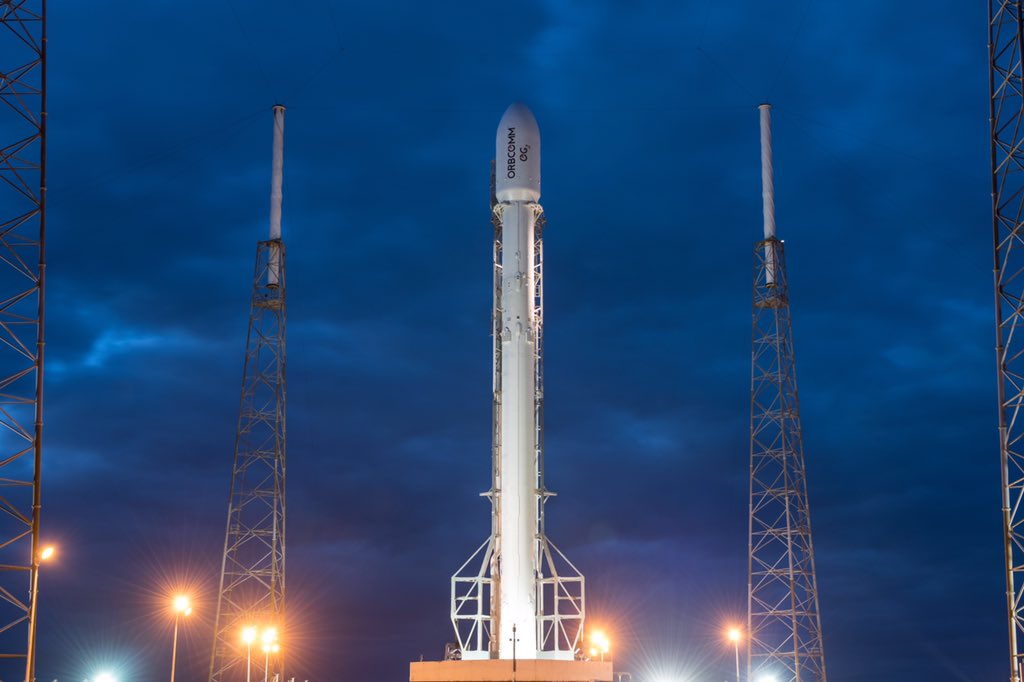
A Historic Day
SpaceX made history today by launching its Falcon 9 rocket into space and back to solid ground at Cape Canaveral, Florida. The launch was originally scheduled for Sunday, but it slipped back to Monday (December 21, 2015) in favor of a 10 percent higher chance of a good landing, according to Elon Musk (the head of SpaceX).
This marks the first time that SpaceX has been able to achieve a soft landing with the Falcon 9 post-launch, and it also marks a huge step forward for reusable rockets.
11 satellites deployed to target orbit and Falcon has landed back at Cape Canaveral. Headed to LZ-1. Welcome back, baby!
— Elon Musk (@elonmusk) December 22, 2015
The second stage rocket carried 11 Orbcomm communication satellites into orbit from Space Launch Pad 40, while its first stage booster returned to a specified landing spot, making a pinpoint propulsive soft landing several miles south at Landing Zone 1 complex. The successful launch is a proof-of-principle for SpaceX’s reusable rocket system, which is intended to dramatically cut the cost of launching space missions. Last June, the Falcon 9 rockets exploded on liftoff en route to the International Space Station, so today’s successful mission is a step in the right direction and a great entry back into operations for SpaceX. You can watch the historic launch here, in the video below:

Reusable Rockets
Although the success of this launch has been momentous for SpaceX, they’re not the first company to land a vertical takeoff rocket upright after launch. Last November, Amazon’s Jeff Bezos and his private spaceflight company Blue Origin landed its New Shepard rocket after launch. That said, the two launches are only comparable in certain ways, as Musk is trying to do more than just fly and land—he is going to space and landing. In short, New Shepard is a suborbital rocket designed to carry up to six passengers up to a 100 kilometers (62 miles) before landing back on ground, while SpaceX goes all the way to space (an important distinction).
There and back again pic.twitter.com/Ll7wg2hL1G — Elon Musk (@elonmusk) December 22, 2015
Ultimately, SpaceX’s Falcon 9 rockets are designed to carry payloads all way up to geostationary transfer orbit (GTO), which is a altitude as high as 90,000 kilometers (56,000 miles). To compare, the speeds required to reach the area that Blue Origin aims for only require Mach 3, while reaching GTO, as the Falcon 9 does, requires Mach 30.
In any case, this is a great breakthrough for SpaceX and for us all. Reusable rockets will make space missions far cheaper and, as a result, this historic event brings the stars that much closer.